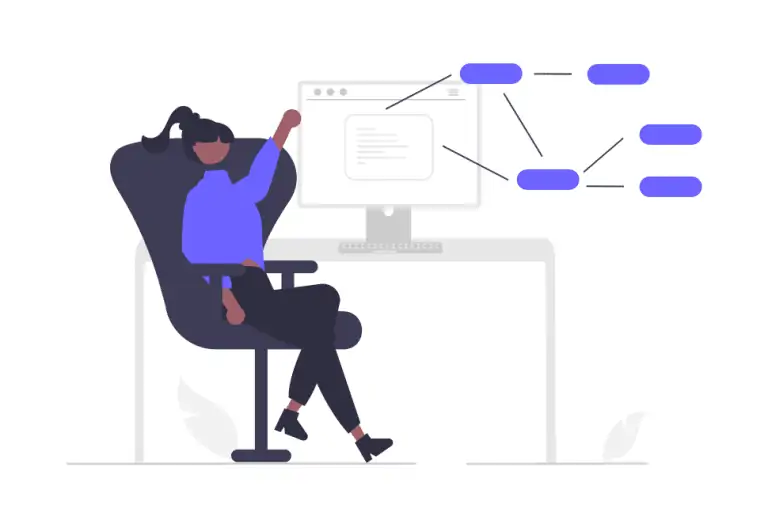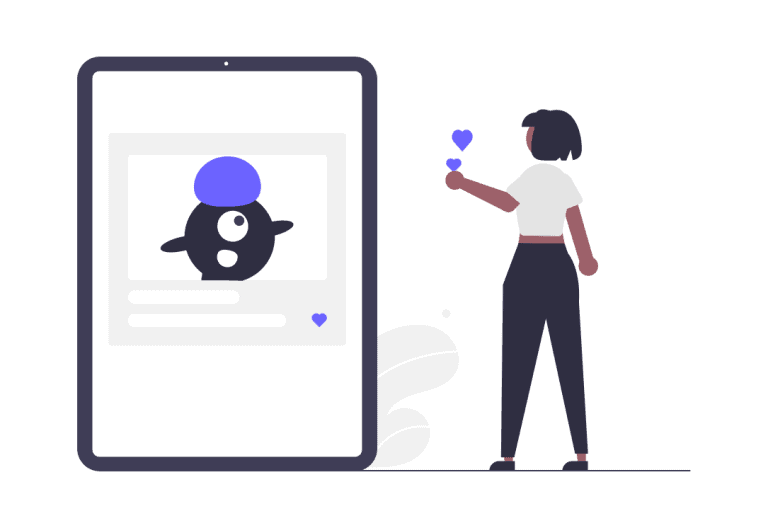Marketing automation has long promised to save time, scale campaigns, and increase personalization. Yet, until recently, most platforms were limited to rule-based triggers—send this email when a form is filled, display that ad when someone visits a page, and so on. Enter artificial intelligence.
AI takes automation to another level. Instead of just reacting to user behavior, it can predict, adapt, and optimize in real time. For SaaS companies and digital marketers, this means moving from static workflows to dynamic systems that actually learn.
Here are eleven practical ways to put AI to work in marketing automation—ideas you can implement today to drive growth, save resources, and create better customer experiences.
1. Smarter lead scoring
Traditional lead scoring often assigns points based on simple rules: opening an email, downloading a white paper, attending a webinar. AI refines this by analyzing hundreds of signals simultaneously—time on site, browsing patterns, device types, and even sentiment in form responses.
Instead of treating all leads equally, AI models predict which prospects are most likely to convert. Sales teams get higher-quality leads, and marketers can focus nurturing efforts where they’ll have the biggest impact. Similarly, recruiters can use Recruitment CRM software to prioritize top candidates automatically, ensuring no high-potential applicant slips through the cracks.
2. Predictive customer journeys
Rule-based workflows assume that all customers follow the same path: awareness, consideration, decision. In reality, buyers take detours. Some compare competitors extensively, while others move quickly after a demo.
AI identifies these unique paths by analyzing past behavior and patterns across your customer base. The system then predicts the next step for each individual—sending a case study to one prospect while inviting another to book a call. This makes automation feel personal, even at scale. For B2B marketplace development companies, such predictive mapping helps vendors and buyers connect more efficiently.
3. Personalized content recommendations
Recommender engines aren’t just for e-commerce. In SaaS marketing, AI can suggest blog posts, webinars, or product tutorials based on what a visitor has already consumed.
Instead of blasting everyone with the same nurture sequence, your automation system can tailor the experience: a technical lead might get a deep-dive white paper, while a non-technical manager receives a business outcome case study. The result? Higher engagement and faster progression through the funnel.
4. Dynamic email subject lines
Crafting subject lines has always been part art, part guesswork. AI can test thousands of variations at lightning speed, learning which words, tones, or formats resonate with specific audience segments.
For example, one subscriber may respond better to concise, curiosity-driven lines, while another prefers straightforward, value-focused ones. Instead of A/B testing two options, AI enables A/B/C/D… at scale, constantly refining performance.
5. Real-time send-time optimization
Marketers often rely on generic “best time to send” advice. But the truth is, your audience is not one-size-fits-all. AI can analyze when each contact is most likely to open and engage with emails, push notifications, or SMS.
This means the system might send a campaign to one person at 9 a.m. on a Monday, while another receives it at 8 p.m. on a Thursday. Multiply this across thousands of contacts, and you get a major lift in open rates and conversions without extra effort.
6. Chatbots that actually convert
Many chatbots frustrate users with rigid scripts. AI-powered chatbots, however, can understand natural language, learn from interactions, and even qualify leads.
In marketing automation, this means that instead of just answering FAQs, the chatbot can identify when a visitor is a high-intent prospect, pass them to sales, or enroll them in a relevant nurture sequence. For businesses offering cross platform mobile app development services, this capability is especially valuable. Done well, AI chatbots can move people seamlessly from curiosity to conversion, enhancing the customer experience and driving engagement.
7. Automated content generation for campaigns
Creating copy for email sequences, ads, and landing pages can be resource-intensive. AI can accelerate the process by generating first drafts based on AI copywriting prompts, past campaign performance, or brand guidelines.
This doesn’t eliminate the role of marketers—humans still edit for nuance, creativity, and accuracy—but it cuts down on repetitive work. Campaigns can go live faster, with more variations tested in parallel. This is particularly helpful for eCommerce fulfillment companies that need to scale seasonal campaigns quickly.
8. Dynamic pricing and offers
For SaaS companies offering trials, freemium models, or tiered pricing, AI can determine the right offer at the right moment. If a prospect shows high intent but hesitates at checkout, the system may trigger a limited-time discount.
Alternatively, AI might identify that a customer segment is willing to pay more for premium features, allowing you to tailor upsells dynamically. Instead of static discount codes, pricing becomes an adaptive part of marketing automation.
9. Sentiment analysis for better targeting
AI can analyze social media posts, support tickets, survey responses, and even email replies to gauge customer sentiment. Integrating this into your automation platform allows you to react automatically. Similarly, the role of AI in employee engagement analytics helps monitor team sentiment and address engagement gaps proactively.
For instance, if sentiment analysis shows frustration, the system can escalate the case to customer success. If it detects enthusiasm, it can trigger a request for a review or referral. Tools like ReferralCandy can then automate this process, sending referral invitations to happy customers, rewarding them for advocacy, and turning positive sentiment into a measurable growth channel. Marketing then becomes a responsive, two-way conversation instead of one-sided outreach.
10. Smarter ad targeting and budget allocation
AI can continuously monitor ad performance across platforms—Google, LinkedIn, Meta—and shift budgets in real time. Instead of waiting for weekly manual adjustments, the system reallocates spend to the campaigns, creatives, or audiences delivering the best results.
This transforms paid campaigns into living systems that adapt as conditions change. Combined with predictive modeling, AI can even forecast which audiences are likely to deliver high lifetime value customers, not just cheap clicks.
11. Customer lifetime value predictions
The real power of marketing automation isn’t just acquiring leads, but turning them into long-term customers. AI models can predict lifetime value (LTV) based on early signals—usage frequency, engagement with support, or adoption of new features.
Armed with this insight, you can tailor automation strategies. High-potential customers might receive more white-glove onboarding, while lower-LTV prospects are guided through self-serve resources. This ensures you invest resources where they’ll produce the greatest returns.
Why AI marketing automation is not a silver bullet
While these eleven ideas show enormous potential, AI should be treated as an accelerator, not a replacement for strategy. Automated workflows still need human oversight to avoid embarrassing mistakes or tone-deaf messages.
Data quality also plays a critical role. If your CRM is cluttered with outdated information, AI models will make poor predictions. Finally, creativity and storytelling remain uniquely human. AI can optimize the “when” and “what,” but the “why” behind your brand must still come from people.
Conclusion
AI is transforming marketing automation from reactive sequences into predictive, adaptive systems. It enables smarter lead scoring, more personalized journeys, and dynamic campaign optimization that would be impossible manually.
For SaaS companies, this means faster growth with fewer wasted resources. But the key is balance: let AI handle the heavy lifting while humans focus on strategy, creativity, and authenticity. Companies that strike this balance will not just automate marketing—they’ll reinvent it.



